I
They die by the thousands. The plague takes two shapes: respiratory, with fever and blood, or bubonic, with abscesses and furuncles. It is 1348 and Boccaccio writes the Decameron.
In the prologue, he says: “We must show compassion to those in pain. It is a law of humanity.”
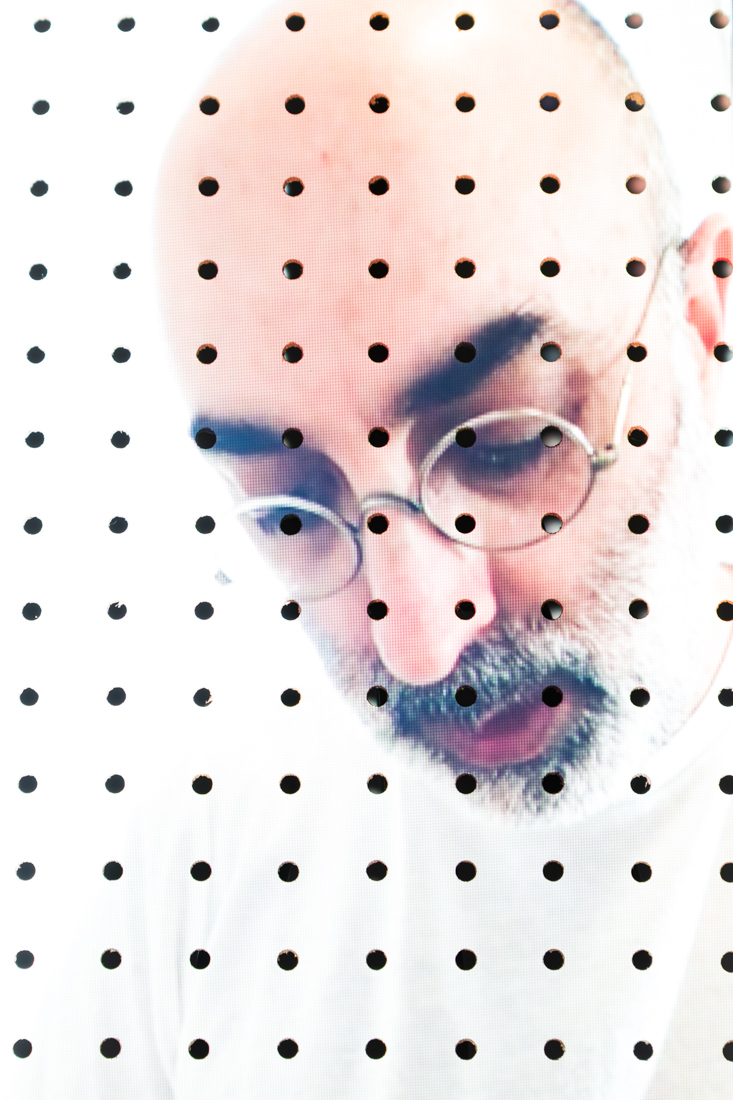
II
COVID-19’s arrival at the dawn of the third decade of the twenty-first century opened a giant parenthesis for the planet and its people. Confinement, quarantine, social distancing, masks became weighty words, all signaling separation, a break, and a change. As in 1348, in different ways, art answered the call. They asked me to participate in one event related to our new landscape: How to write in quarantine? I said we might think of creating not in quarantine but from it. Things will not be the same, and faced with such a crisis, perhaps we could revisit the idea of writing and literature, viewed as epistemological and gnoseological spearheads.
That is, art as a search for truth and knowledge.

III
The virus hit the state of Washington; meanwhile, in Southern California, Alejandro Meter, literature professor and photographer, was working on a project: portraits of writers from both sides of the US-Mexico border. Suddenly, the impossibility: no moving, no traveling, no human contact.
What then?
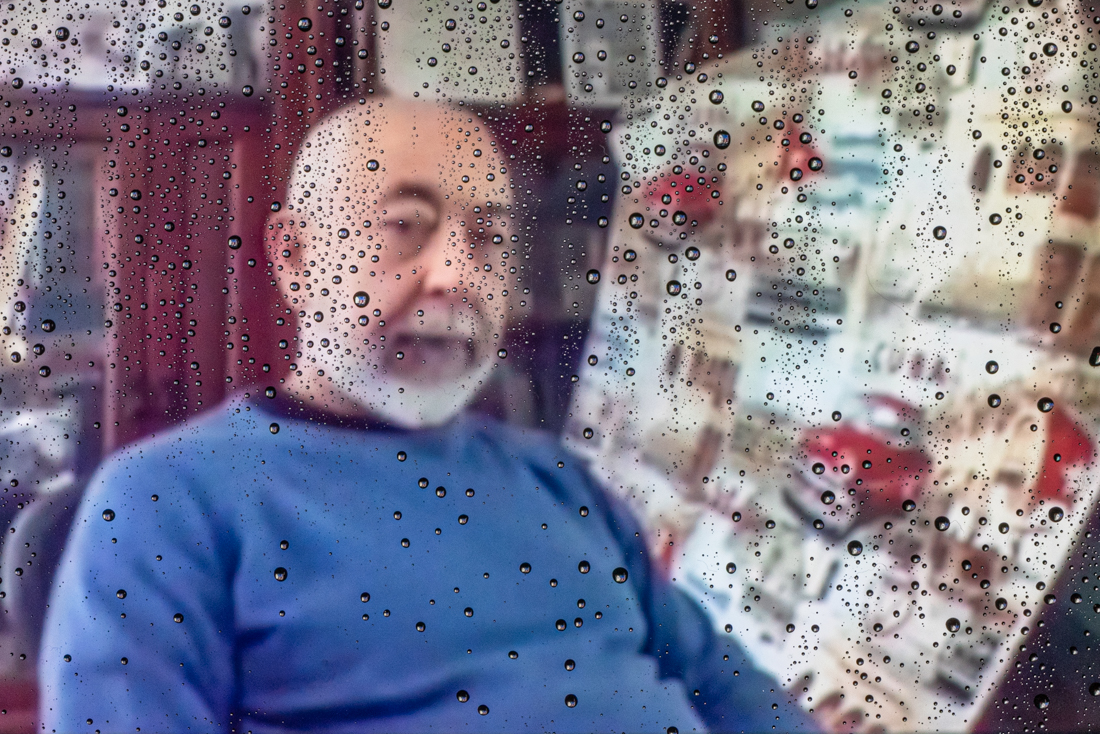
IV
Go on. How? Reach out to writers. Make an appointment for a photo session. Messages back and forth. Cancellations and rescheduling. Zoom. Connection to a projector on the photographer’s side. Cellular phone on the side of the photographed. Cardboard, wood, glass, plastic in order to diffuse/filter/limit subject/object/ecosystem. Fight against being inside, against isolation. Go forth. Adapt. Use technology to get closer, and even to play. Show writers in their confinement, out of focus, almost by nature.
Digitize them so not to lose them.

V
The project grew like the pandemic, first around Latin America, then around the globe. For this issue of Latin American Literature Today, Alejandro offers a sample of his remote photos, a visual adventure called “pandemic postcards.” Participants also write a brief commentary on how the pandemic has affected their lives, their hopes and fears.
Curiously, but perhaps not so much, none of them are writing when photographed.
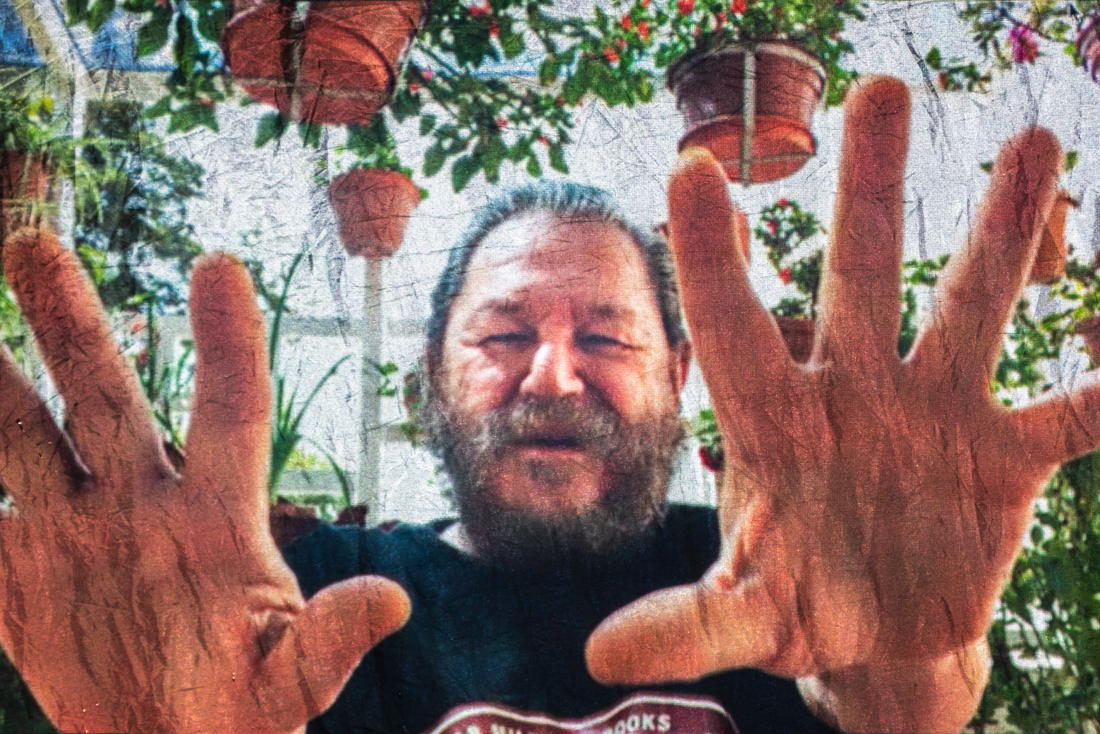
VI
Take a look at Peruvian, US-based writer Isaac Goldemberg. Dressed formally. Hat and twenty-first century’s thinker pose. Blue on white, like the sky changed forever. Window to the outside, that place we cannot go to. Books, always books. The only letters we can make out: Man’s Fate, André Malraux’s 1933 novel.
Nothing is a coincidence.
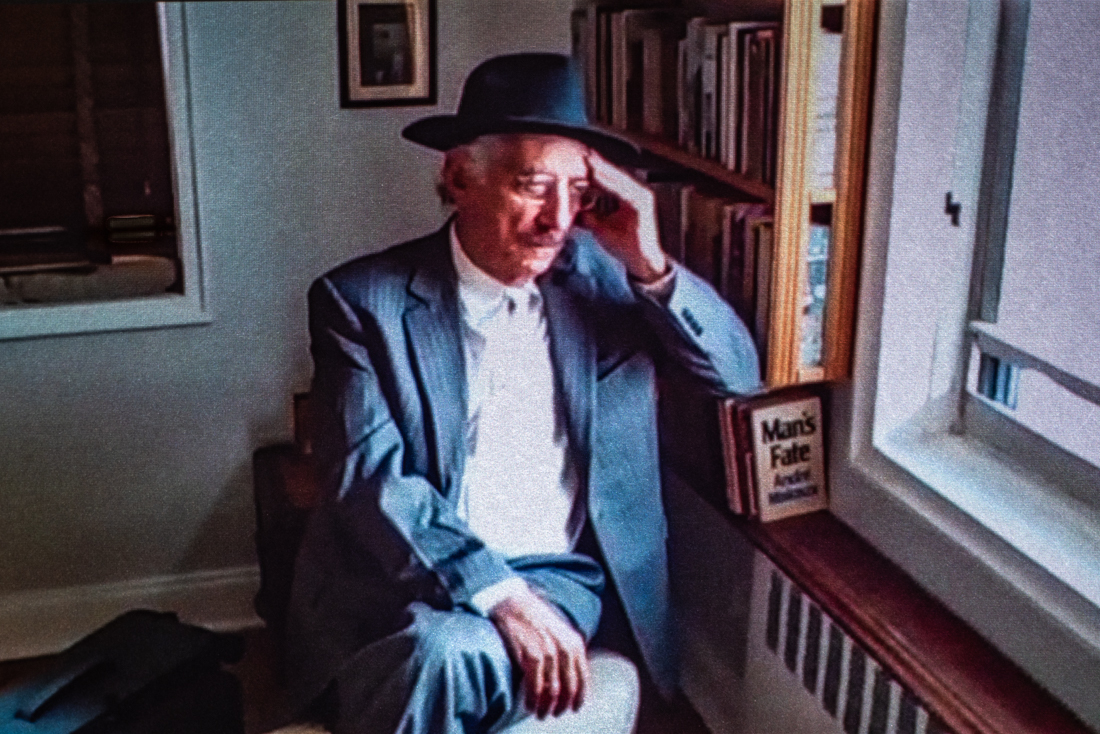
VII
Books also surround Argentine writer Juan Sasturain. He looks at the “camera” (but… where is it and who points it?) and his face is the only thing clear in the blurry green and blue background. Small wrinkles populate this image. Sasturain’s eyeglasses, worn down, make him into a pandemic monster.
His four eyes look at us, interrogate us.
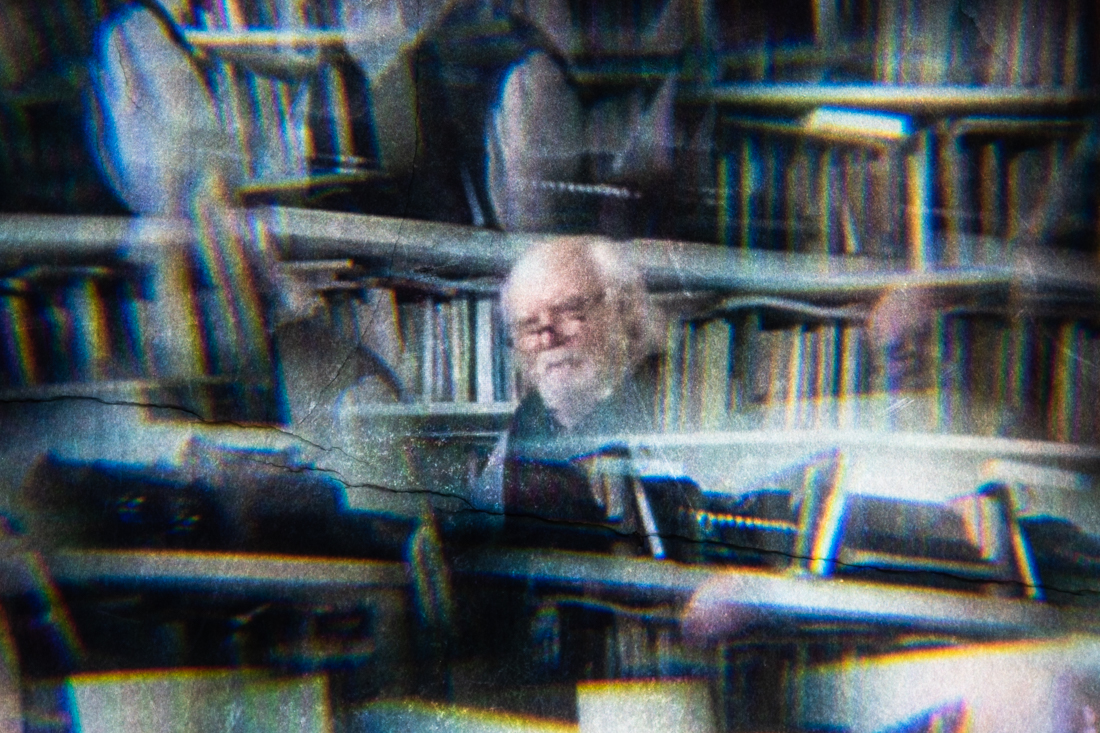
VIII
How does Bolivian, US-based Giovanna Rivero live through this time of confinement? Natural pose; long hair, legs, bare arms. Body. Seated, she is almost erased; her face is present, but we cannot make it out. The green background and the grey floor hound her red, flowery clothes.
A crease breaks her image in two, like the virus, dividing us and the world.
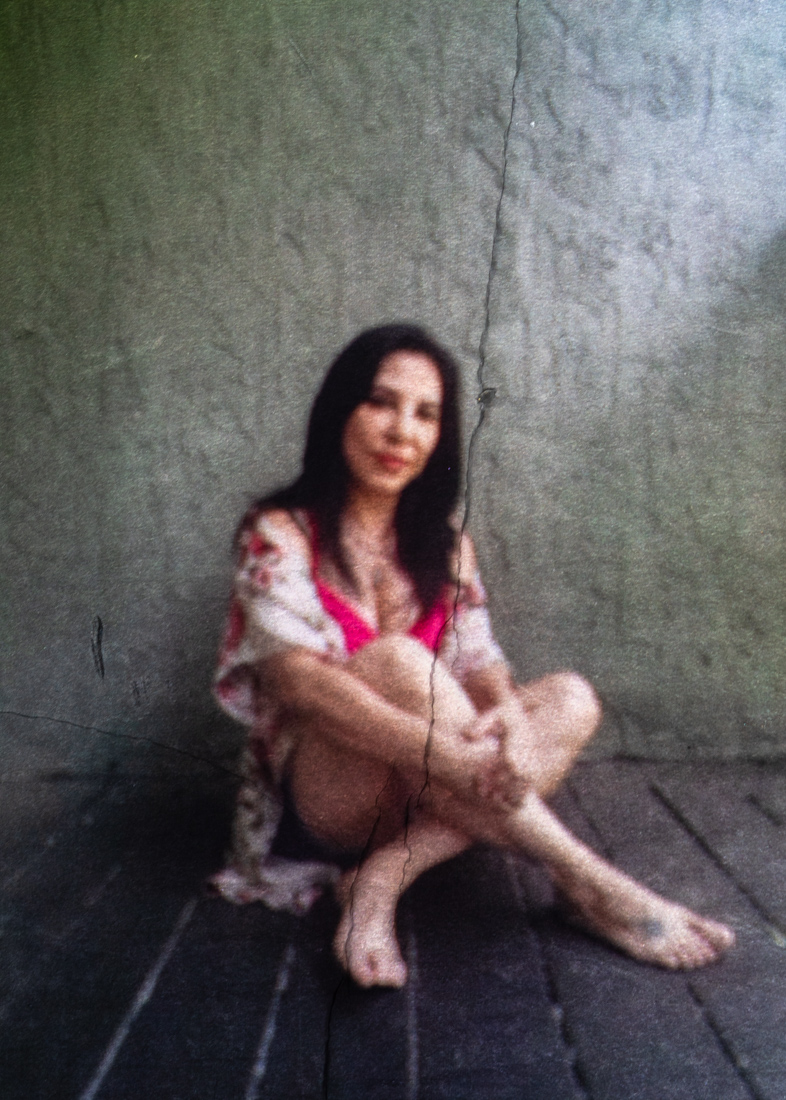
IX
Red and black dominate Mexican poet Myriam Moscona’s portrait. She is lying down, resting, almost in a mortuary position. She waits; she wants to be rescued from this calamity. Her face, looking up, shows serenity, like searching for an answer outside of the frame.
Is she Sleeping Beauty? No, her eyes are wide open.
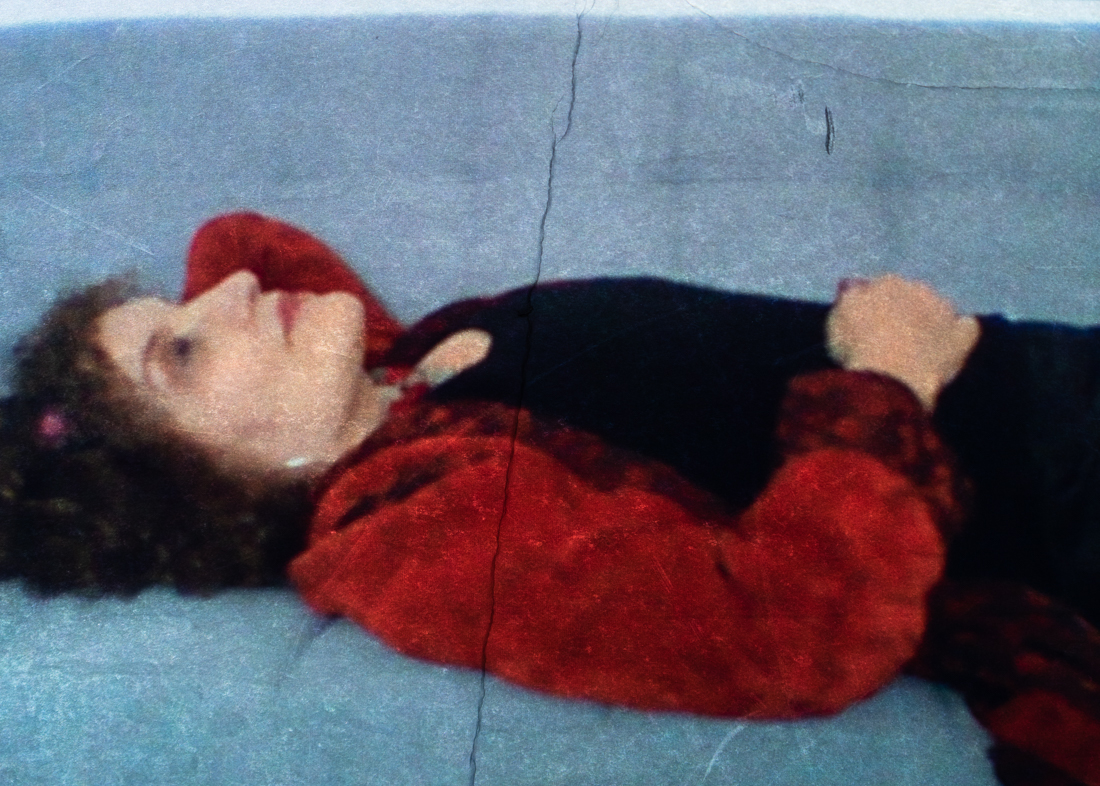
X
Alejandro Meter’s “Pandemic Postcards” try to capture and to rapture. They replicate Boccaccio’s gesture, that “law of humanity,” which, in this case, is contact: word through a lens, a filter, a projector, a computer, a cellular phone. New ways of (re)creating old, eternal questions. Searching in order to know.
Looking at each other so we can see ourselves.
Photographs by Alejandro Meter
Text written and translated by Pablo Brescia





